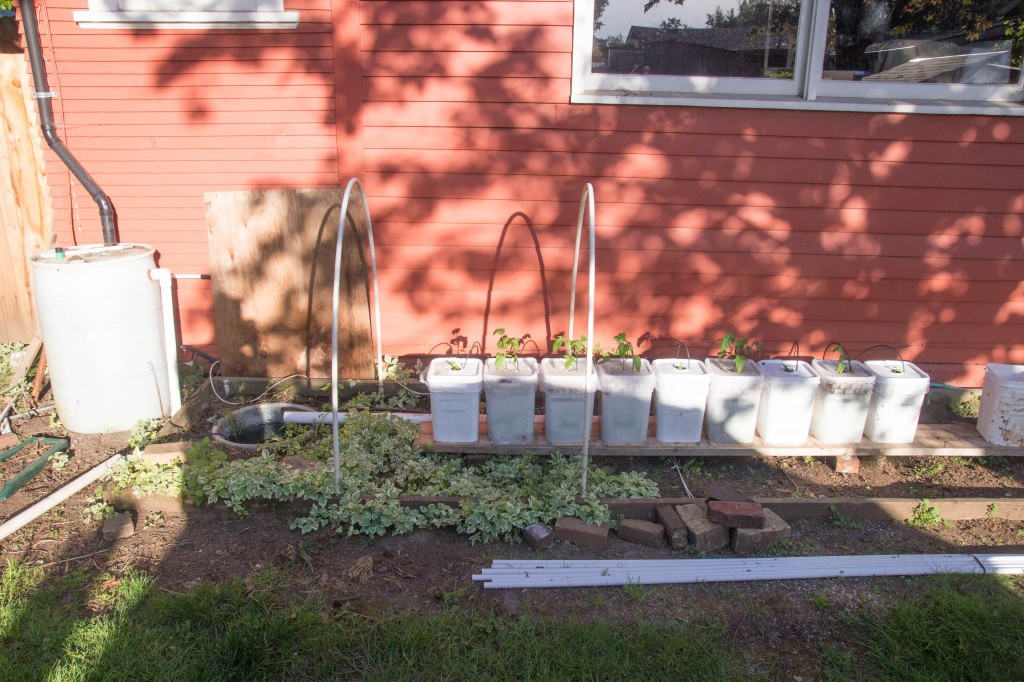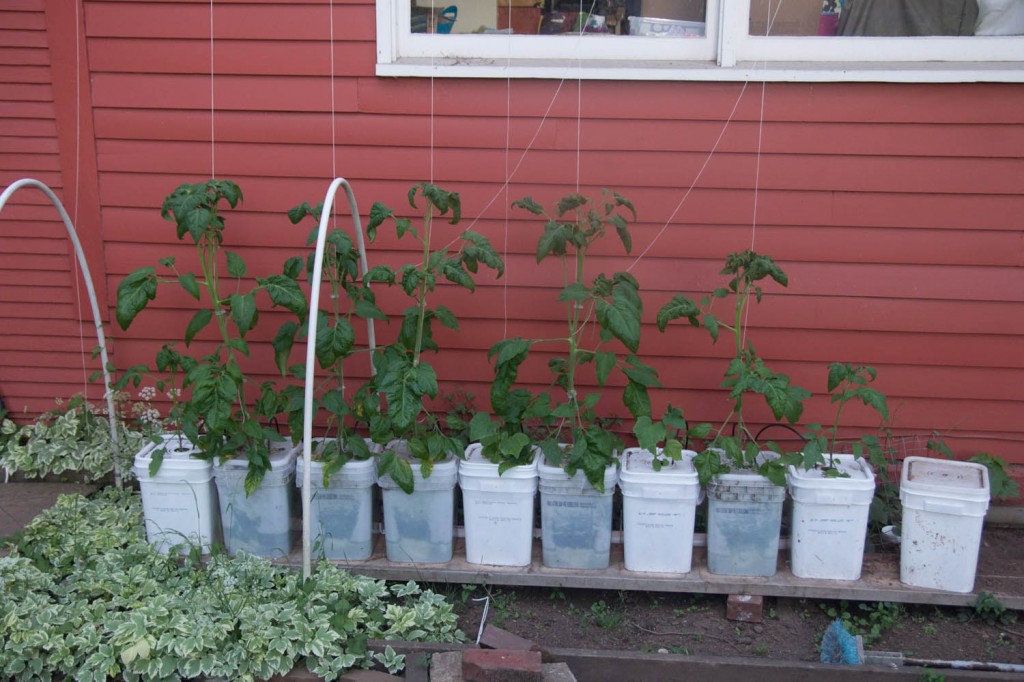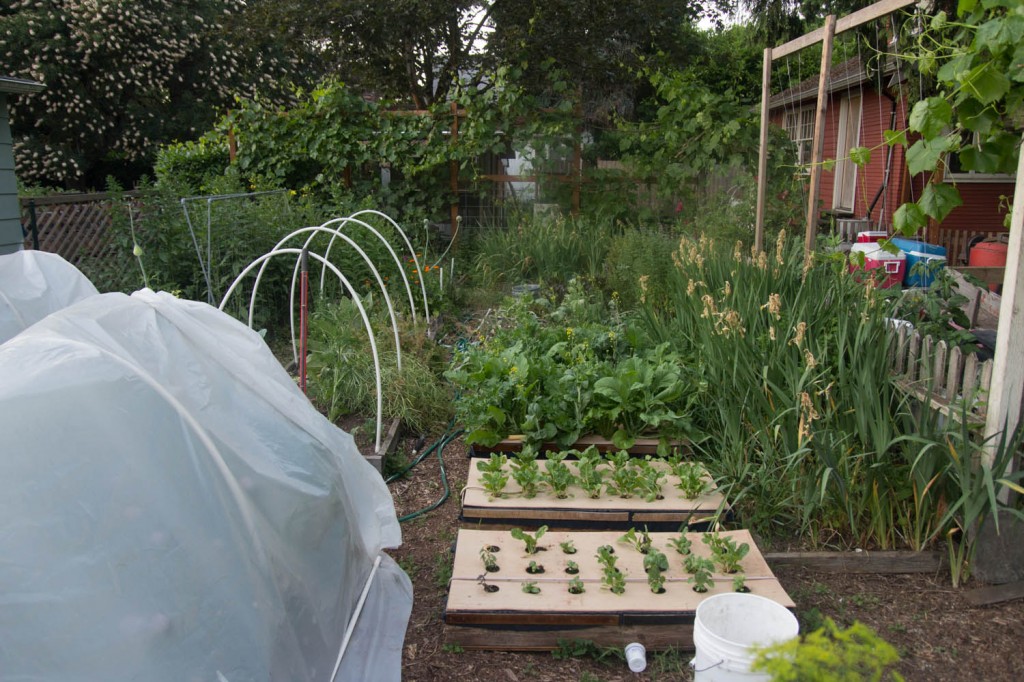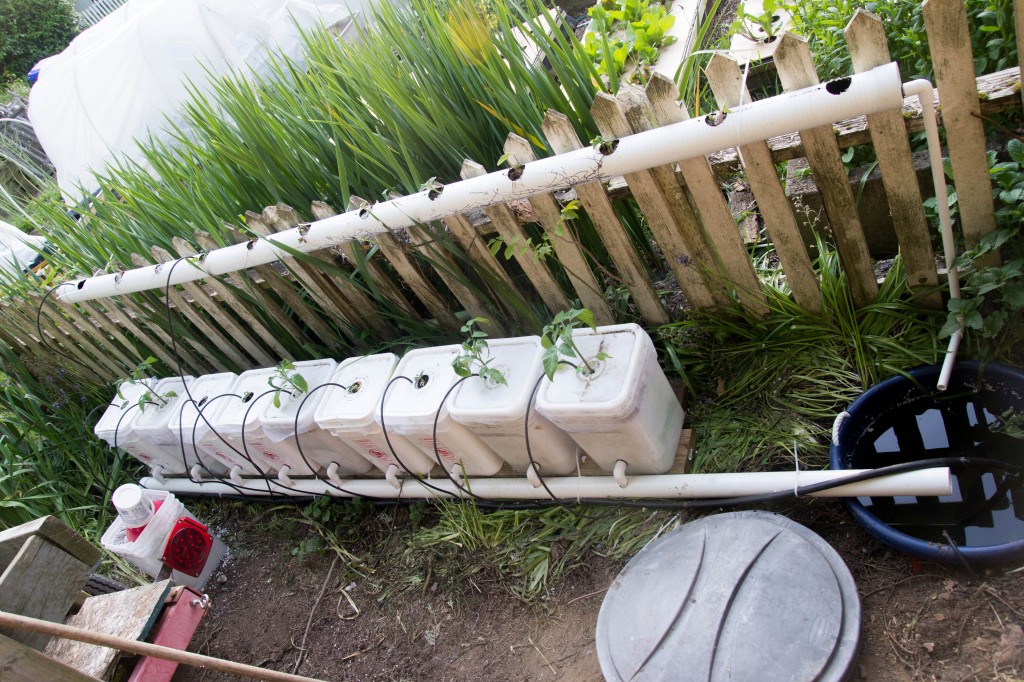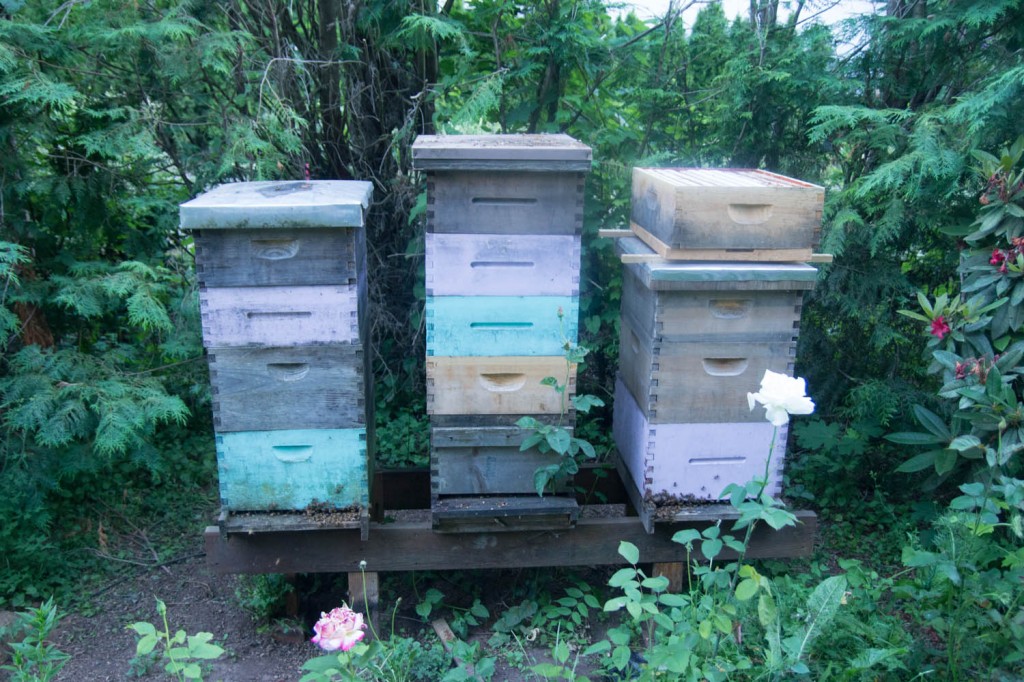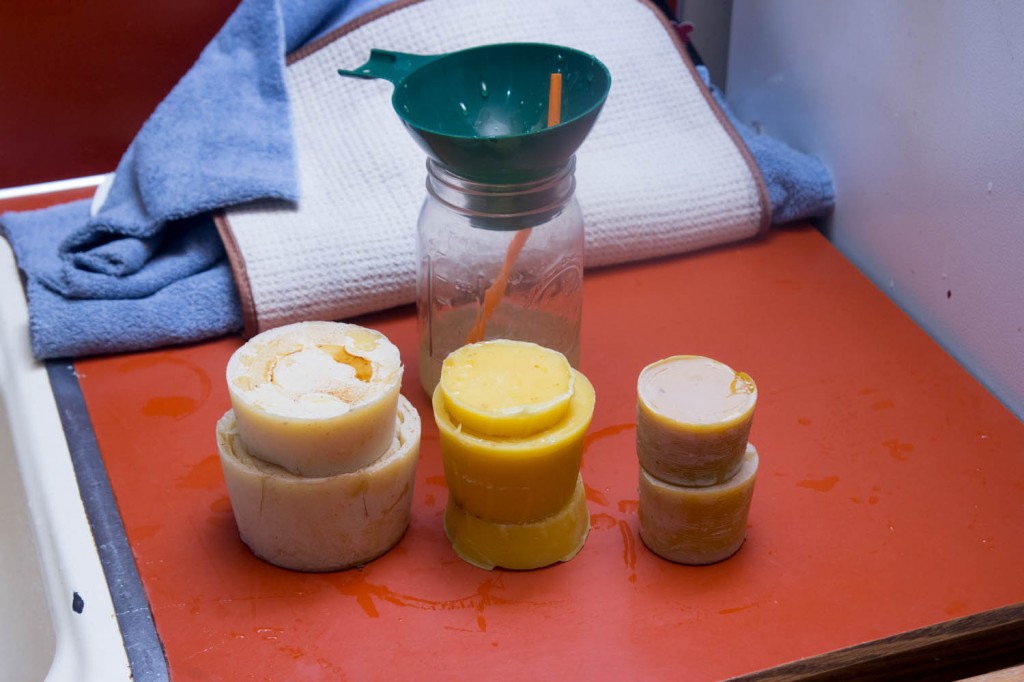In the spirit of a top 10 type of list. Parenting means:
Scooping poop 1 out of the bathtub. Kids are splashing away, getting cleaned up from the day’s activities, when you see a look of concentration. You know what’s about to happen, but by the time you pull your child out of the tub… plop. A turd drops in the water.
On another occasion, the child is pulled out of the water on time only to have a mushy turd land between your toes in your flipflop sandals.
It’s a hot summer afternoon. You’ve got the kiddie pool out, kids are in their swim suits or swim diaper. One of the younger kids, not yet potty trained, is taking a break sitting on your lap, when… what’s that wetness? A swim diaper is not really a diaper. It helps prevent a floater, but they’re not absorbent. In this case, being a parent means that instead of immediately changing your own shorts, you think, “well, my shorts are swim shorts. won’t hold a lot of pee. Will dryout quickly”.
I was at a wedding years ago. A friend was sitting across the table with her younger daughter on her lap. The daughter vomits but mom saw the signs and managed to catch it in her hand. She calmly deposited the gift on her salad plate, wiped her hand with her napkin and continued as normal. At the time, I was impressed that she wasn’t grossed out, but it seems like such a normal response today.
Being children, there are lots of things that my kids haven’t tasted before. It happens regularly, that they’ll try something and then immediately spit it out. Instead of generating a garbage pile, it’s often easiest to just eat it yourself. What’s a bit of spit and tooth marks within the famiy?
My daughter is toilet trained now, but there was that transitional time. I remember one time, she’d pooped earlier in the day, yet didn’t wipe sufficiently 2. Later in the day, she’s running around in her birthday suit and sits on my lap. Heh, I now have a bit of a skid mark on my pants. Did I immediately change them? Given the theme of this post, I’ll let you guess.
We went car camping a couple weeks ago. Somewhere around 10pm, I hear crying from the tent were the kids are/were sleeping. My daughter is a pretty solid sleeper and only wakes up when she needs to pee. The problem is that she doesn’t really wakeup, staying in a sort of zombie state. I’ve come to learn to just pick her up and take her to the toilet. I bet there are many nights that she never really woke up throughout the whole process. This particular night, she resisted. “Put me down! I don’t need to go potty!”. I don’t really like to just force her to do anything against her will so I hesitated. Eventually, the river begins. The sleeping bags only got a little on them, but some does get on the floor of the tent. I quickly get her out of the tent; thankfully, I still had the door unzipped and we water the grass. Nothing like sleeping with a pee towel under your sleeping bag.
I refuse to have snot nosed kids. Anyone who’s been around kids knows what I’m talking about. A kid’s happily doing their thing with these two nasty, green, gooey snots hanging from their nostrils. I was once at the park where a kid had this going on. I look at the dad with this look of, “so… you gonna do something about that?”. Nothing. Many/most parents just resolve themselves to this state of affairs. Snot can see unavoidable. Thankfully, there’s the Nosefrida AKA the snot sucker. It’s a tube with a funnel-like thing you jam in your kid’s nose and suck on the other end to vacuum out the green goodness 3. It sounds really gross, but I use this thing more than just about any other device. Being in Portland, I don’t get looks of disgust from other parents as I might in other cities. My 1.5 year old son has actually brought the thing to me to get a bit of relief.
All of these things either happened to me, my wife, or I personally witnessed the event. It’s a fact of life when being a parent, but it’s really not bad. As parents, we are in service to our children. We haul them from event to event. We go through zombie periods of not enough sleep. 4 These are the things we bear because we love our children.
